For the last two years, the insurance market both in the UK and globally has been hardening at a rate not seen since 2001/02. We are at the peak of the phase of the market cycle where, in general, insurer capacity is withdrawing from the market, competition is reducing, premium rates are increasing, policy coverage is narrowing and insurers are being highly selective regarding the risks they choose to insure.
This has resulted from a combination of factors including insurers and their reinsurers experiencing increased and sustained catastrophe losses in recent years, double-digit annual claims inflation across many lines of business and historically low investment returns on premium income due to extreme volatility in the wider economy. With premium levels prior to 2018 at a historical low, due to a soft and highly competitive market, there was inadequate risk funding to allow insurers to both pay losses and remain profitable. We are now experiencing a major correction of the market, with a severe increase in premiums and reduction in insurer appetite.
Alongside this need for insurers to increase rates to pay for losses, there have been many market withdrawals, restructures and consolidations from those insurers unable to underwrite their way back to profitability. Additionally, a strict Lloyd’s of London performance review has led to the closure of many Lloyd’s syndicates. Even before the market began to turn, there was unparalleled M&A activity consolidating a number of major insurers looking to reduce costs with economies of scale. This has also contributed to the substantial reduction in competition and capacity in the marketplace, allowing insurers to increase their pricing further in the majority of insurance classes.
Airmic’s most recent Pulse Survey supports this conclusion, with 95% of respondents experiencing rate increases at their renewal in 2020, 85% facing a reduction in insurer capacity and 67% observing additional policy exclusions (AIRMIC Pulse Survey, 2020).
2021 market expectations
The significant reduction in market capacity and upwards pricing trend has clearly continued into the first quarter of 2021 although in less distressed sectors and lines of business, the rate of increase has begun to slow. There are certainly very early green shoots starting to emerge, with some limited new capacity beginning to cautiously enter the market.
There is evidence that pricing in the UK is beginning to plateau for the most attractive and profitable lines of business, now that risks have been through at least one renewal in a hardening market. Rates on primary insurers’ own reinsurance renewals in January did increase, however they are reported to not be as dramatic as widely expected, with the majority of changes focused on restricting insurer risk appetite, policy coverage and the capacity available for them to deploy on any
given risk, rather than just pricing.
The effect of Covid-19 on the insurance market
The full effects of the Covid-19 pandemic remain unknown. The Contingency, Travel and Production insurance markets suffered immediate losses in 2020 and subsequently, as the economy experiences a severe downturn, markets such as Trade Credit and Surety are expecting a large volume of claims in 2021.
Business Interruption losses in the Property market are likely to be substantial, either where limited policy coverage had specifically been negotiated in advance or more often where provided unintentionally under the standard Denial of Access and Public Authority policy extensions of certain insurers. The verdict on the Financial Conduct Authority’s Test Case is widely perceived to have supported policyholders and is expected to equate to approximately £1.2 billion in additional
claims (FCA, 2021).
The already very challenging Directors’ and Officers’ market is also expected to be impacted. Company directors could be left personally liable for unprecedented stock market losses, business value erosion and insolvencies, facing legal action from regulators, creditors and shareholders. There has also been an upsurge in litigation brought against companies and their Professional Indemnity policies, where they may have acted in error or provided negligent advice to other businesses, extending to the Employment Practices markets in relation to employment law, redundancies and wrongful dismissal throughout the pandemic.
Almost all lines of business are expected to be negatively impacted by Covid-19 in some way with “few classes expected to emerge unscathed” (Insurance Times, 2020). For example, the insurance market is experiencing increasing Cyber, Crime and Political Violence activity, fraudulent and exaggerated personal injury claims in the Casualty markets and Property losses arising from unoccupied buildings throughout continued government lockdowns and with large swathes of retail, leisure and entertainment premises not expected to reopen.
With insurers and brokers working remotely, the ease of reviewing risk information, visiting sites for surveys, communicating with insurers (especially in Lloyd’s), presenting clients to the market and so on is more challenging. Technology is adapting quickly, but these changes to working practices are restricting brokers’ ability to negotiate effectively in an already very challenging market.
Mitigating increases - differentiating from “the market”
For some lines of business and clients in specific trade sectors, insurers are looking to apply indiscriminate and blanket rate increases across their portfolios, often withdrawing capacity and/or reducing coverage. Alongside the wider economic difficulties caused by Covid-19 for many businesses, this can be disastrous for clients, who may ultimately have to pay more premium for less cover. Fortunately, these themes are not applicable to every trade sector and insurance product; there is still insurer appetite, market capacity and pricing competition available for certain industries and lines of business.
The ability of brokers to differentiate their clients in the marketplace, by communicating a depth of knowledge of the risk exposure and being able to provide quality information on positive risk management and risk mitigation is absolutely crucial. “Especially in a hard market, buying insurance is also about “selling” risk” (Mactavish, 2021). Insurers are continuing to compete for risks which the broker has clearly articulated to be of high quality, proactively risk managed and historically profitable based on their claims experience. This competition is containing the incumbent insurers’ ability to force through severe premium rate increases, where it is not warranted by claims performance or trade.
In sectors where competition and capacity does not readily exist, innovative and creative programme structures are becoming increasingly necessary for clients to secure optimal cover and pricing. Strategies include retaining higher risk exposure by increasing deductibles (supported by cost benefit analysis) and reducing limits, scheduled and co-insured placements with a variety of insurers or nonconventional
programmes where the premium is adjustable based on claims performance. Long-term, sustainable partnerships with quality and financially secure insurers are important to mitigate the ongoing and predicted market fluctuations.
Alternative routes to managing and transferring risk are becoming increasingly popular including annual aggregate deductibles and captive insurance companies. These can provide businesses with greater control by allowing them to retain additional risk exposure, reduce pricing volatility and potentially mitigate premium increases. Captives can also provide access to reinsurance for exposures where specific coverage is not widely available in the Primary market, which may eventually include a pooled and/or Government-led “Pan Re” solution to pandemic exposures.
About the author

Oliver Butterworth ACII is an emerging industry leader, Chartered broker and Associate of the Chartered Insurance Institute (CII) with over 10 years’ insurance broking experience, negotiating the placement of major UK and global risks into both the insurance company markets and Lloyd’s of London.
Read previous insurance market conditions by quarter
Read other business insurance articles
Insurance products you may be interested in
The information contained in this bulletin is based on sources that we believe are reliable and should be understood as general risk management and insurance information only. It is not intended to be taken as advice with respect to any specific or individual situation and cannot be relied upon as such. If you wish to discuss your specific requirements, please do not hesitate to contact your usual Towergate Insurance Brokers adviser.


